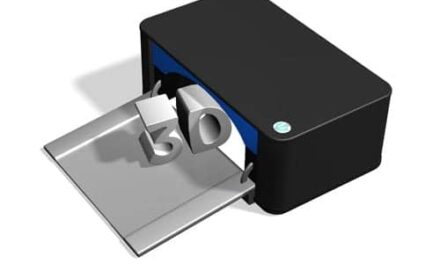By Jenny Lower
As if we needed reminding, last week’s AAMI Conference & Expo in Tampa, Fla., made it clear that the healthcare technology management (HTM) field is undergoing constant and rapid change. And none of us—24×7 included—is a stranger to those trends.
I’m excited and a little wistful to announce that I’m leaving this publication to pursue a master’s degree in journalism at the University of Southern California, an academic and personal goal for several years. And I’m very proud to announce that Keri Forsythe-Stephens, a veteran of the biomedical and imaging publishing fields, will be taking over. Keri’s first issue will be August 2016.
Keri is already known to many of you through her previous editorial experience, and she had a chance to meet even more of you at AAMI. Please be sure to reach out to her with your insights about the field, story suggestions, and news alerts. She’s a talented writer and editor, and I have no doubt she will soon impress you with her stellar coverage of the field. She can be reached at [email protected].
And since I believe in parting gifts, I’m happy to announce that the July issue also marks the debut of Patrick Lynch’s bimonthly column, The LynchPin. Pat is well-known to many of you for his admirable stewardship of our field and through his involvement with numerous regional biomedical associations. For that reason, his first column surveys the current landscape of biomed groups, identifying what they do well, what they could improve, and what they offer their members. Take a look to see where your organization falls—and perhaps get some ideas for growth areas.
Though I’m sad to be leaving 24×7, I’m proud of what we’ve accomplished over the last year, including the 2015 salary survey (which indicated just much the field will transform over the next 15 years as Baby Boomer technicians retire), and 24×7’s 20th anniversary issue published last month, reflecting on the many changes the field has undergone since the magazine first appeared two decades ago.
As I start my next chapter, I don’t know what the future holds—but the next time I encounter healthcare technology, it might well be from a patient’s bed, instead of the editor’s chair. What you do as service professionals is so critical. I commend you for your efforts, and implore you to continue working hard to ensure that every patient encounters medical devices that are safe and effective. The future is full of tough challenges, from cybersecurity and superbugs to interoperability struggles and ever-changing regulations. But what remains, and what will never fade, is the need for biomeds’ services—even if the services themselves take a slightly different shape in the future.
Thanks for everything, and be well.
future.
Thanks for everything, and be well.





